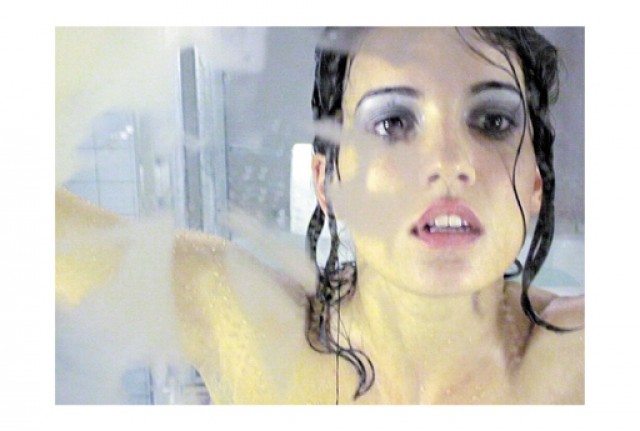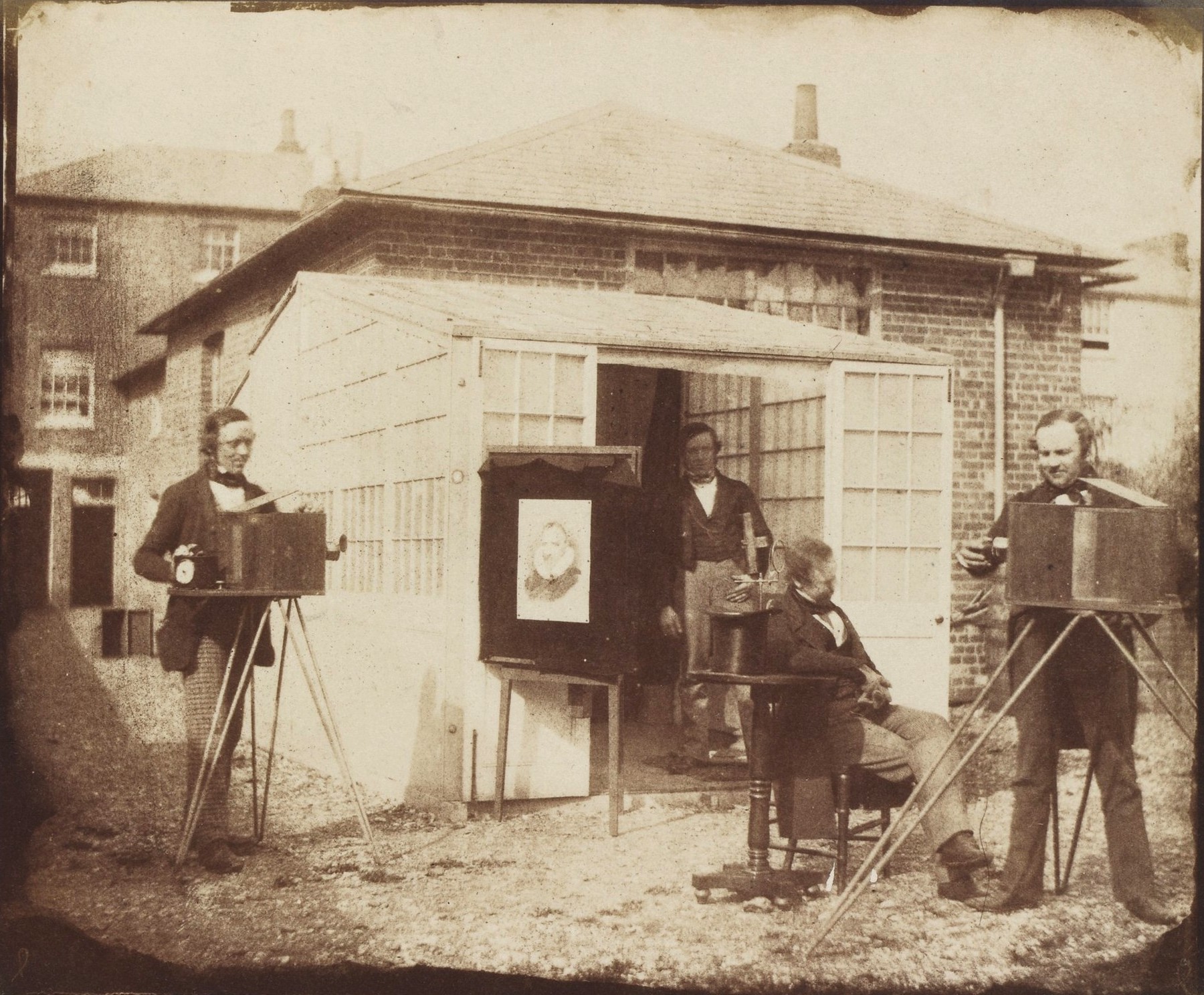Monday, April 20, 2015
Saturday, April 11, 2015
Saturday, April 4, 2015
Tuesday, March 31, 2015
Photography Reborn Reading 3
Jennifer Ringley while not a photographer was an early user
of the digital camera to capture her day-to-day life in still imagery. Being
one of the first web cam users as well for online early blogging type purposes.
She began the images while in college (1996) and it ran until she shut it down
in 2003 when pay-pal changed some of its policies that would in turn restrict
what she did.
Natacha Merritt’s work is similar in style but rather than
using images to document her day to day life, in blog type format she chose to focus
on a certain aspect of her life to take images from. Image of her after sexual
encounters. It is an interesting contrast by only capturing moments from a
particular part of her life she is one of the earliest individuals to have an
online persona while her as an individual was a separate entity.
Henry Fox Talbot was the British inventor who was one of the
first to develop an analog photographic process, the Calotype. He is well known
for this as well as a famous dispute over whether it was the Calotype or the
Daguerreotype that was the first analog process. History mainly remembers that
Daguerre was the first and most famous of the early analog inventors, as Talbot
lost much of his support as the daguerreotype became more popular and investors
wanted a sure bet rather than to back a competitor that could lose them money.
Saturday, March 28, 2015
Friday, March 20, 2015
Reading 4
Jeff Weiss is a photographer who has been primarily working
on images that examine landscapes and structures along with the relationship
between the two for several decades. The work he shows in the book interested
me because it demonstrated the idea of nature removing structures form the
landscape made by humans over time. One of his other projects is somewhat the
inverse Collaboration was a series that used nature to create structures from
natural materials. Between the two works I find it interesting that with so
many of his projects looking at the conflict between man and nature the
possibility of a kind of harmony was explored.
Martina Lopez is another artist who was an early adopter of
digital technology to create an image. Focusing less on what the technology
could do she used it initially to recreate the types of aesthetics found in old
scrapbooks, and collage work. Her other work mainly works to the same ends
taking old photographs and manipulating them to fit in her constructed scene
but making it apparent that it is edited so that the viewer understands that
there was an original meaning.
Simen Johan is a Scandinavian artist whom in the book has
images that represent a dreamlike state of people. His more recent work
maintains that dreamlike aesthetic, but has a focus on nature. In the series
“until Kingdom Come” the animals portrayed are manipulated to seem realistic
but always have something that gives away the fake aspects, such as a false color
of fur, or an odd grouping of animals.
Monday, March 16, 2015
Tuesday, March 10, 2015
Reading 3
Daniel lee began his career with the series shown in the
book “manimals”. The work uses digital editing to morph human portraits to
resemble animals. A related series is called nightlife. In which a large image
is shown of people in a nightclub area with the faces morphed into animals
again. Originally I found Lee’s work interesting due to the comparison he makes
between humans and animals, but in night life it is taken to another level its
is like an examination of humans in their habitat of sorts, and the faces are
what allow the connection to be seen in a more literal sense.
Aziz + Cucher is a team of artists made up of Anthony Aziz,
and Samuel Cucher much of their work revolves around the human body and its
relation to society with a focus on technological advancement. The work shown
in the book “dystopia” used digital techniques to remove the sensory organs
from the face of a person to remove their identity. The point was to signify
that people were losing personal identity in the face of the rapidly developing
technological world in which people were anonymous. Their other works also
attempt to fuse human elements with inanimate object like their series
“interiors” in which they take picture of interiors and layer textures of human
flesh which gives the area the appearance of be constructed of people. I am a
fan of the dystopia series mainly because I am a fan of the technique used to
resemble a loss of identify, it is simple and very visually appealing.
Thomas Ruff is a German artist whose first large series was
entitles “portraits” in which he created what are photos you would see at an
I.D center very basic even lighting with emotionless expression from the
subjects. The work we see in the book is called “nudes” and they are just that
they are pornographic images in which Ruff has blurred the image. I found this
interesting because with a very basic change Ruff was able to completely change
the context of the image. The viewer stops for a moment they look over the same
areas they would if it were un-obstructed but the mindset is more analytical
than lustful.
Subscribe to:
Posts (Atom)





























.jpeg)
.jpg)